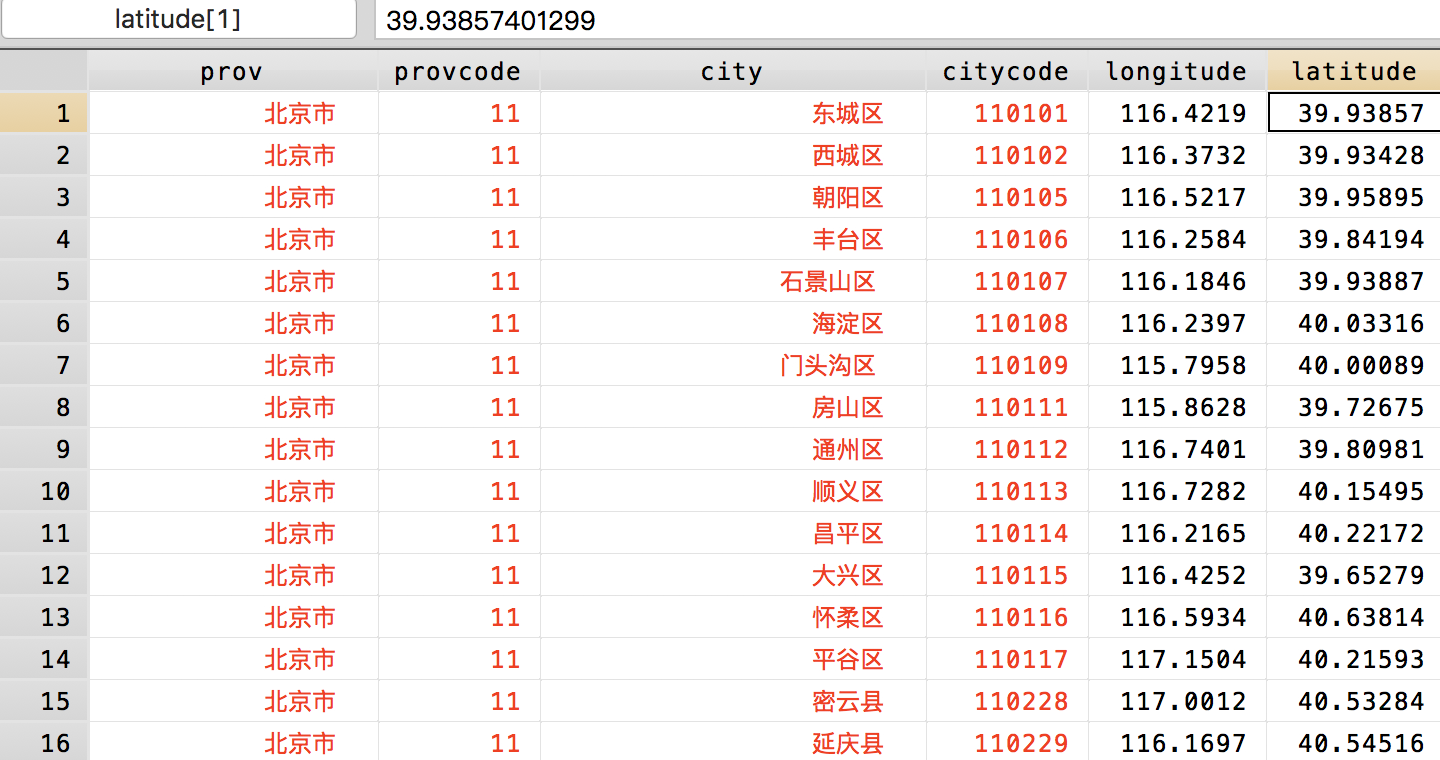

To use it in calculating Moran's I, spatwmat allows you to read in a Using an existing matrix: If you have calculated a weights matrixĪccording to some other metric than those available in spatwmat and wish Present in the variable av8top at alpha =. We can reject the null hypothesis that there is zero spatial autocorrelation In this example, the binary formulation of distance yields a similar result. Spatgsa av8top, weights(ozoneweights) moran Distance-based binary weights matrix ozoneweights We could do this for d =ġ: spatwmat, name(ozoneweights) xcoord(lon) ycoord(lat) band(0 1) binġ. Weights matrix for calculating Moran's I. To have an upper bound of d) and use this Matrix with the spatwmat command (indicating bin and setting band With distances greater than d are not, you can create a binary neighbors Variationsīinary Matrix: If there exists some threshold distanceĭ such that pairs with distances less than d are neighbors and pairs Measures of global spatial autocorrelationīased on these results, we can reject the null hypothesis that there is zero spatial autocorrelation present in the variable av8top at alpha =. spatgsa av8top, weights(ozoneweights) moran Of weights, we can now calculate Moran's I. Matrix, you can display it with the matrix list command. Than for pairs of points that are far apart. Thus, the matrix entries for pairs of points that are close together are higher Matrix is equal to 1/(distance between point i and point j). Inverse distance weights matrix ozoneweightsĪs described in the output, the command above generated a matrix with 32 rows and 32 columns because ourĭata includes 32 locations. spatwmat, name(ozoneweights) xcoord(lon) ycoord(lat) band(0 3)ġ. If we did not care about distances greater than 2, weĬould indicate this in the band option. In this example, so we create a band with an upper bound greater than our The x- and y-coordinate variables, and provide a range of distance values thatĪre of interest in the band option. In the spatwmat command, we name the weights matrix to be generated, indicate which of our variables are Generate a matrix based on the distances between points. Knowing this maximum distance between two points in our data, we can Greatest Euclidean distance we might measure between two points in our dataset. 5683853 -118.5347 -116.2339īased on the minimum and maximum values of these variables, we can calculate the We can lookĪt a summary of our location variables to see the range of locations under This data, and other spatial datasets, can beĭownloaded from the University of Illinois’s Spatial Analysis Lab. Of the highest eight hour daily averages ( av8top). Includes the station number ( station), the latitude and longitude of the station Thirty-two locations in the Los Angeles area aggregated over one month.

Our dataset, ozone, contains ozone measurements from Our data and the spatgsa command to calculate Moran’s I or other spatial Spatwmat command to generate a matrix of weights based on the locations in Using a set of user-written Stata commands, we can calculate Moran’s I in Stata. The values of a variable are based on the locations where they were measured. Moran’s I is a measure of spatial autocorrelation–how related


#COMPUTE GEODIST FOR EACH ROW STATA INSTALL#
To install the package of spatial analysis tools, type Thanks.Note: The commands shown in this page are user-written Stata commands that mustīe downloaded. If anyone has a way that I could get the labels on the graph, I'd appreciate it. Mlabel(name) mlabsize(large) mlabangle(forty\_five) /// Serrbar points points_range ppd_rank if points_per_dollar > 2 & points > 15 ///, /// Here's the current code, sorry for the formatting on Reddit: I've tried using the mlabel(varlist) option, but that doesn't seem to display anything - it also doesn't cause an error interestingly enough. However, I can't seem to get the points on my graph labeled. I've been playing around with Stata for fantasy football purposes, and I like the idea of visualizing some of my data with "caterpillar" graphs (I've discovered this doesn't seem to be a universal term, just how I learned them).


 0 kommentar(er)
0 kommentar(er)
